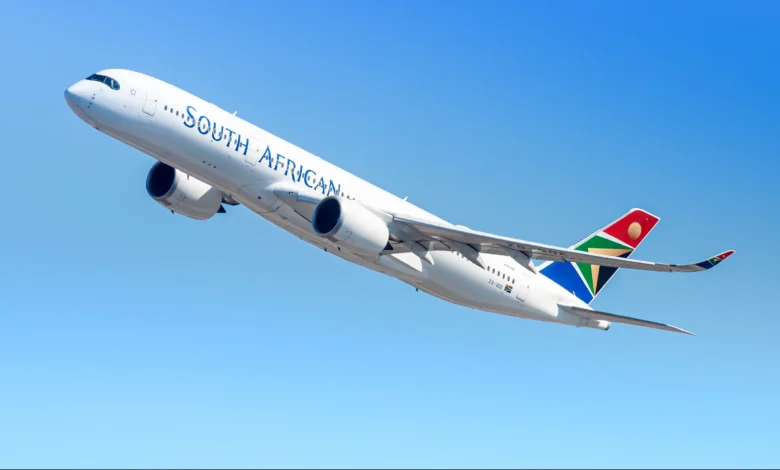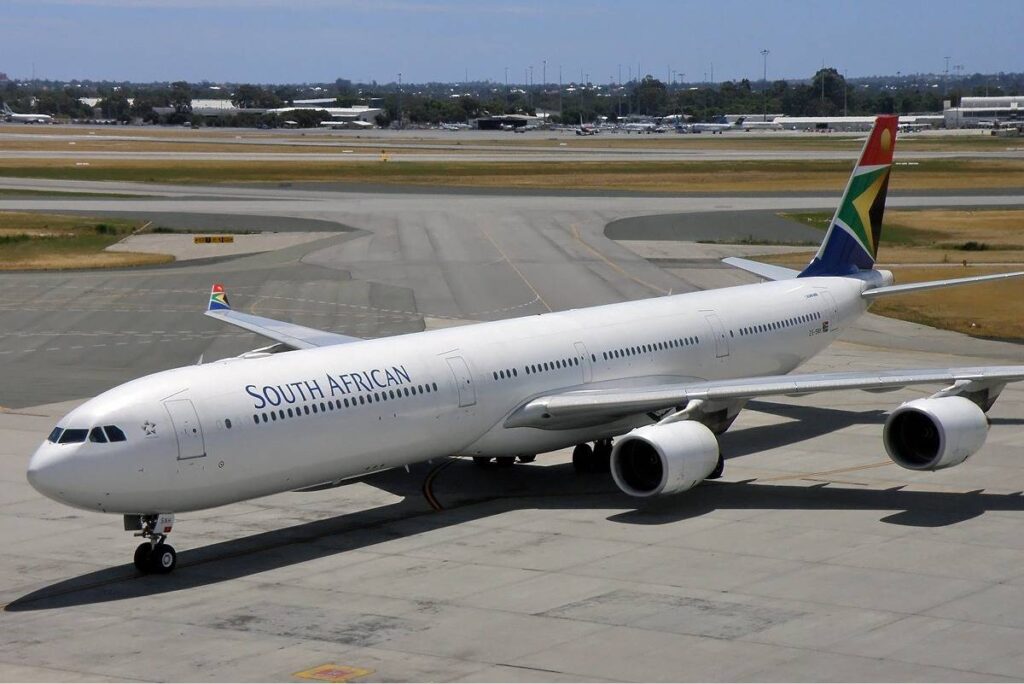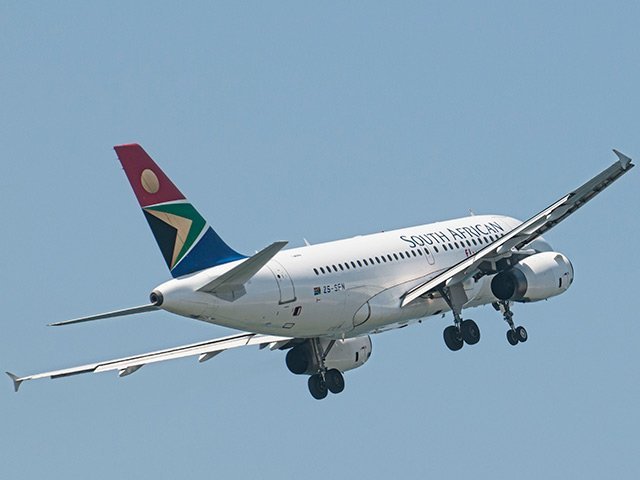What Entrepreneurs Can Learn from South African Airways’ Financial Woes

What Entrepreneurs Can Learn from South African Airways’ Financial Woes. South African Airways (SAA) has long been a symbol of national pride, yet its journey has been marked by both soaring highs and financial turbulence. From its early days in 1934 to its recent struggles with bankruptcy and restructuring, SAA’s story offers critical lessons for entrepreneurs about growth, crisis management, and resilience.
A Business Built on Government Support
SAA was established as a state-owned airline and grew rapidly, expanding routes and acquiring modern aircraft. It joined the global Star Alliance in 2006, increasing its international footprint. However, despite these advantages, persistent financial struggles emerged. Entrepreneurs can learn that while external funding (such as government backing) can provide stability, it is not a guarantee of long-term success. Overreliance on a single financial source—whether an investor, lender, or government—can create vulnerabilities.
Lesson: Diversify revenue streams early and ensure your business can sustain itself without dependence on a single source of funding.

Mismanagement and Financial Struggles: The Warning Signs
SAA faced financial trouble for years, culminating in its entry into business rescue in December 2019. The airline suffered from inefficient operations, mismanagement, and corruption allegations. Entrepreneurs can take away a key lesson: leadership and governance matter. A business must have strong financial oversight, transparent decision-making, and accountability to prevent internal collapse.
Lesson: Build a culture of financial discipline. Regular audits, strong leadership, and a clear strategy can prevent mismanagement and keep the business stable.
The Business Rescue Plan: A Second Chance
After suspending operations in 2020, SAA embarked on a restructuring plan. The South African government initially sought private investment through a partnership with the Takatso Consortium, but after prolonged negotiations, this deal fell through. In 2021, SAA restarted operations with a leaner model, reducing fleet size and destinations.
For entrepreneurs, this underscores the importance of adapting to changing market conditions. A failing business is not necessarily doomed—strategic pivots and cost-cutting measures can bring it back to profitability.
Lesson: When faced with financial distress, reassess operations and scale down if necessary. Focus on core strengths before attempting expansion again.

Rebuilding Trust and Reputation
Despite its financial woes, SAA retained its brand recognition. Even after suspending operations, it was still ranked among Africa’s top airlines in 2021. This shows the power of a strong brand and customer loyalty. Entrepreneurs should recognize that reputation is an asset. While financial losses can be recovered, regaining customer trust is much harder.
Lesson: Invest in brand credibility. Provide consistent quality and service to ensure customers remain loyal, even in tough times.
Conclusion: Turning Failures into Business Lessons
SAA’s financial struggles highlight crucial lessons for entrepreneurs: the dangers of overreliance on external funding, the need for financial discipline, the importance of adaptability, and the value of brand reputation. By learning from these missteps, business owners can build more resilient and sustainable companies.





